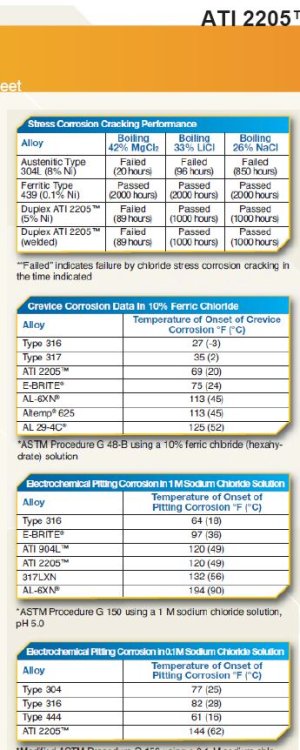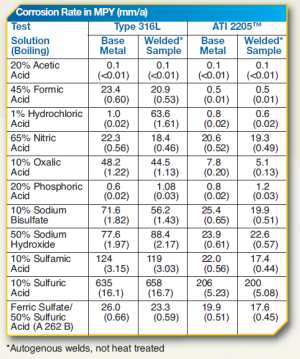Bouba
Well-Known Member
Which is exactly why I read every article that sounds like it has the magic solutionThat's galling for you! There is no removal process. Galling is welding of the asperities on opposing parts. When my babystay bottlescrew suffered the condition I put the body in a vice and used my 24 inch adjustable on the screw flats, with absolutely no success.



